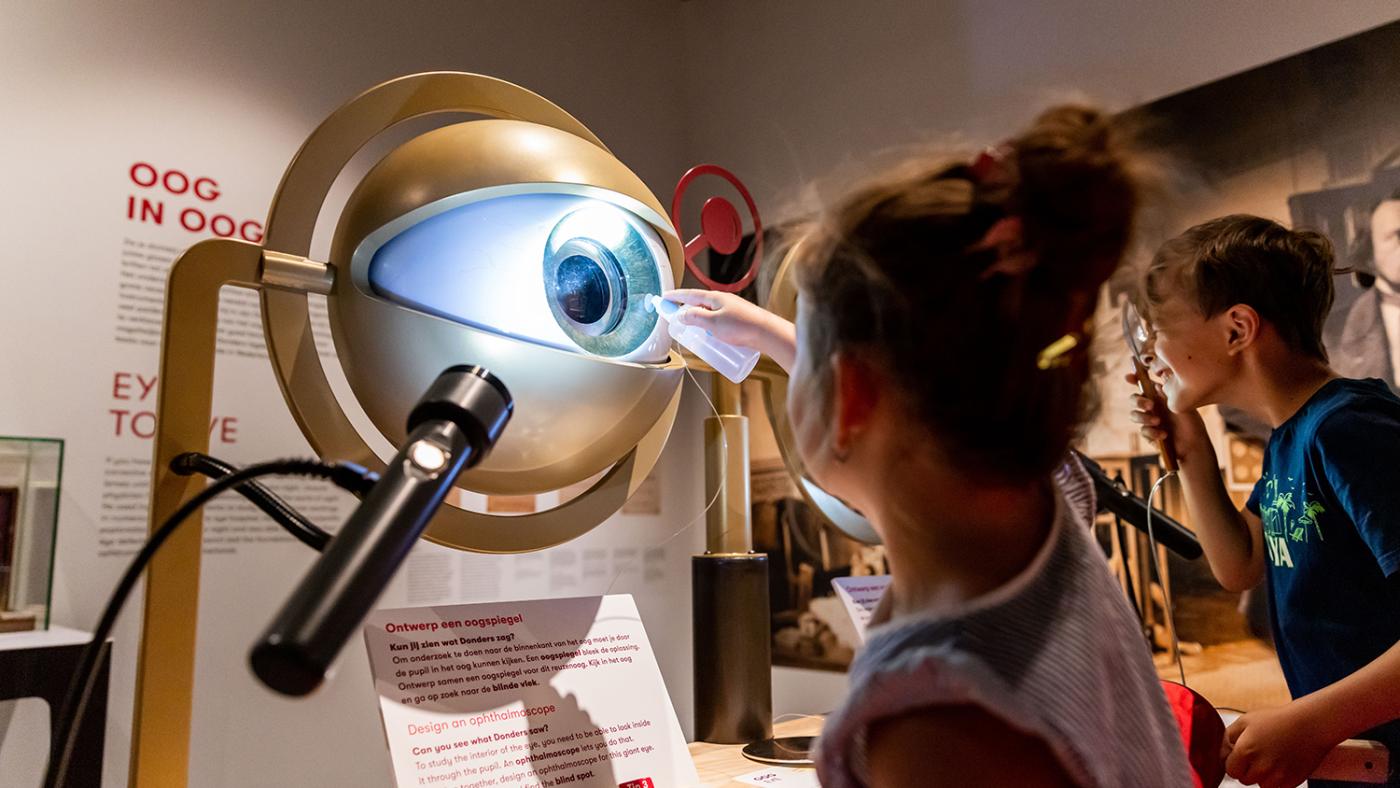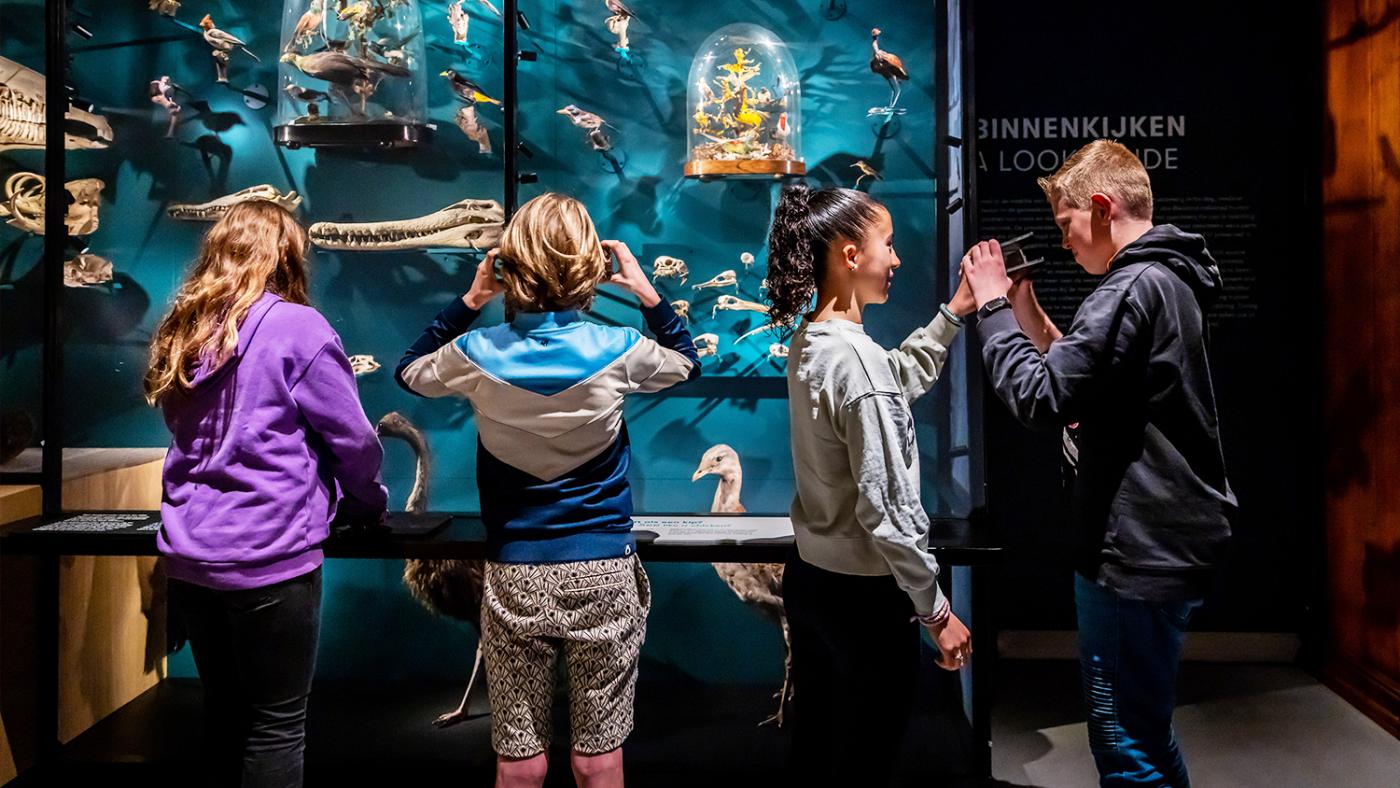‘It would be a reward for our new concept’
Will the University Museum be crowned European Museum of the Year?

If University Museum Utrecht (UMU) wins the award, it will join a distinguished list that includes other Dutch museums such as Catharijne Convent, Naturalis, Boerhaave Museum and Rijksmuseum.
According to Suzanne van der Wateren, Department Manager for Public & Presentation at UMU, the museum's new concept led UMU to apply to the European Museum of the Year Award. "We are so proud of it," she says.
Last summer, a member of the award's panel of judges visited the museum to assess whether or not it was eligible. This person was given an extensive tour of the premises and talked to the team several times. Van der Wateren says that the museum's strong focus on the public seems to have been particularly well received, as were UMU's regional roots. She explains that most visitors come from the Utrecht region; they usually live within a 30-kilometre radius of the museum. “We are closely connected to the city of Utrecht and its schools.”
The panel member also mentioned the independence with which the museum has implemented its renewal. “Many university museums do not pursue an independent course”, explains Van der Wateren. “A professor is usually at the helm of a redesign. But our university museum is much freer to make its own choices.” Despite this free rein, UMU is firmly anchored to Utrecht University (UU) and is part of the Centre for Science & Culture.
Transformation
UMU took seven years to transform itself into a family museum. It aims to bring science closer to people, especially schoolchildren aged 8 to 14. A three-year renovation was needed to do justice to the concept and the growing number of visitors. The museum finally reopened in 2023, attracting 100,000 visitors in the first year, which is more than it did before it closed.
UMU calls itself the first research museum in the Netherlands as its rooms feature interactive installations that engage visitors in the scientific process, introducing them to historical and contemporary scientific research. One of these installations is called Mystery Box. Visitors are invited to guess what is in a white box; then, every time they enter a new room, they are asked questions about it. However, its exact contents are never revealed, just like in scientific research. According to Van der Wateren, the goal is to stimulate visitors' curiosity. “You get to be a researcher yourself. In my view, that's a very unique starting point for a science museum.”
In this way, UMU wants to make science accessible and tangible for a young audience. As for the target audience, Van der Wateren says it is still developing and evolving. The decision to take this approach was inspired by the growing distrust of science and experts in our society. UMU's choice to focus on families reflects its hope to build a bridge between society and academia.

UU's involvement
In terms of content, the museum works closely with scientists from the university. Together, they develop a wide-ranging programme alongside the permanent exhibition. In addition, visitors can participate in workshops and mini-lectures given by UU researchers on Sundays and public holidays – yet another accessible opportunity to get acquainted with science. Last year, 64 UU researchers engaged with the public at the museum, often talking about their own research.
But that's not all. Van der Waderen explains that these activities serve a dual purpose, as the researchers also get to collect data during these encounters. For example, when the museum reopened in September 2023, children were asked what they thought was a nice place to play outside and why.
Award ceremony in Poland
The EYMA winner will be announced on Saturday, May 24, at the Sybir Memorial Museum in Białystok, Poland. 42 other museums have been nominated. Other Dutch museums are in the running too, including Paleis Het Loo, Museum Arnhem, Openluchtmuseum Hoogland, and Nijntje Museum. Due to the austerity measures currently being applied at our university, UMU has decided not to send a representative to Poland. “It wouldn't have been responsible in this context”, explains Van der Wateren.